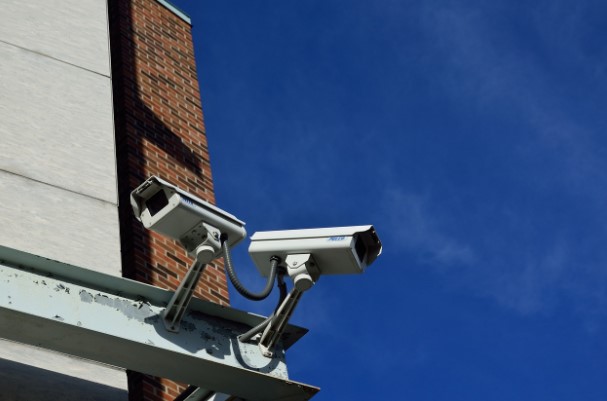For homeowners seeking to enhance their security, outdoor security cameras play a vital role in safeguarding their property. These devices act as a deterrent to potential intruders and provide invaluable evidence when necessary. However, effectively and strategically positioning these cameras can be a challenging task. Here are some top positioning tips for outdoor security cameras that will help ensure your home remains secure.
Understanding the Importance of Security Cameras
Establishing a robust security system is essential for protecting your home from intrusion. A comprehensive system should include high-quality surveillance technology combined with smart positioning strategies to maximize monitoring capabilities. When security cameras are properly positioned, they can cover a larger area, increasing the likelihood of capturing any illicit activities around your property. This not only enhances your home’s security but also gives you peace of mind.
Planning Camera Installations Around Your Property
Before proceeding with the installation of security cameras, take the time to draft a plan. Assess your property and identify high-risk areas that require camera coverage. Key locations to focus on include entrances such as front and back doors, windows, driveways, gates, and vulnerable spots like fencing or side alleys. Marking these areas on a layout will guide you in determining the optimal positioning of your cameras, ensuring that critical zones are adequately monitored.
Zooming in on Optimal Camera Positions
One of the cardinal rules for positioning outdoor security cameras is to install them at a height that prevents tampering. Generally, placing cameras at a height of nine feet above the ground works effectively. This height allows the camera to cover a wide area while also capturing clear images necessary for identifying details like faces or vehicle license plates. Investing in wide-angle lenses or PTZ (Pan Tilt Zoom) cameras can further enhance your surveillance capabilities, allowing for greater flexibility in monitoring your property.
Positioning for Maximum Field of View
A common mistake homeowners make is installing cameras that face downward too much. While it’s important for cameras to monitor the immediate surroundings, achieving the widest field of view can yield better results. Positioning cameras at a corner location and angling them at a 45-degree position provides an extensive view and improves depth perception. This strategic placement helps capture a broader area, increasing the chances of detecting any suspicious activity.
Avoiding Obstructions in The Field of View
Ensuring that there are no obstructions like trees, walls, or large outdoor furniture that could limit your camera's field of view is critical. Such obstructions can provide cover for trespassers, making it easier for them to avoid detection. Regularly trimming plants and removing any items that could block the camera’s view will help maintain an unobstructed line of sight.
Proper Camera and Lighting Integration
Effective lighting is essential for nighttime surveillance. Although many modern security cameras come with built-in IR (infrared) lights for night vision, supplementing the camera with external lighting can further enhance image quality. Position outdoor lights strategically to illuminate the areas under surveillance without creating glare on the camera lens.
Consider Weather Conditions
Outdoor security cameras must be equipped to withstand various weather conditions. Investing in waterproof and fog-resistant cameras is worthwhile to ensure reliable performance. Furthermore, whenever possible, position cameras under a shelter or eave to provide additional protection from direct exposure to sunlight, rain, or snow. Ensuring that your cameras are weatherproof will prolong their lifespan and maintain their functionality.
Making Your Security Cameras Visible
While it’s important for cameras to monitor hidden areas, having visible cameras can significantly deter potential burglars. The mere presence of a security camera can cause intruders to reconsider before trying to break in. Consider placing cameras in prominent locations to ensure they are visible, while still covering blind spots and vulnerable areas of your property.
Maintaining Your Security Cameras
Security cameras are only effective if they are functioning correctly. Regular maintenance, including cleaning the camera lenses, checking the focus, and testing video feeds, is essential for optimal performance. Additionally, routinely inspect the surrounding area for any new obstructions that could hinder the camera’s view.
Getting Professional Help
While the tips provided can be immensely helpful, you may want to consider seeking assistance from professional security services. These experts can offer tailored security solutions, including strategic positioning for your cameras that align with your specific needs. Professional installation can also ensure that all aspects of your security system are properly integrated, providing comprehensive protection for your home.
Final Thoughts
For outdoor security cameras to work effectively, correct positioning is crucial, along with considering the camera's features and capabilities. Careful planning of camera installations, positioning for a wide field of view, integrating proper lighting, factoring in weather conditions, enhancing visibility, and committing to regular maintenance are all essential components to consider. By following these tips, you can ensure the optimal placement of your security cameras, thereby significantly strengthening the security of your home.










